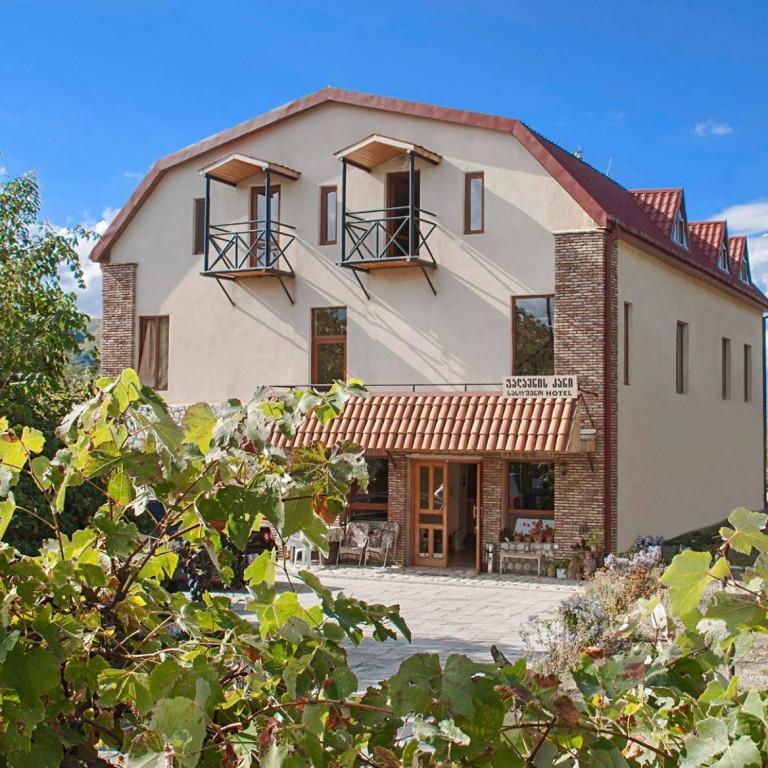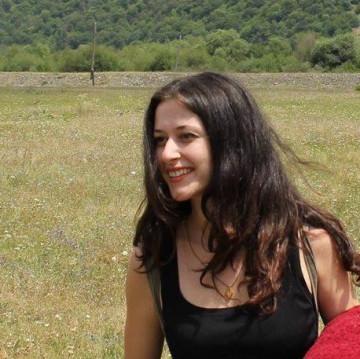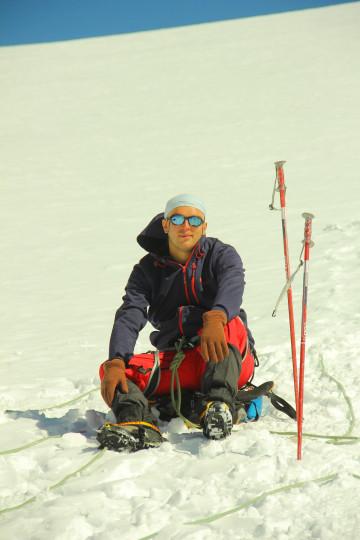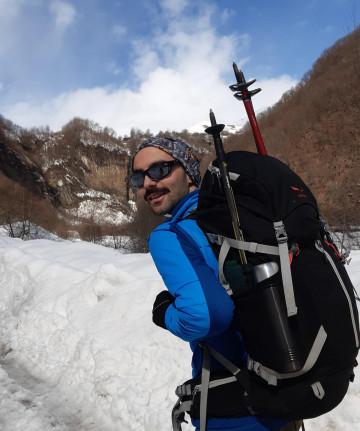
Help other travelers use your experience.
Review this destination, share your thoughts, impressions, pros and cons.
Let's make traveling easier than ever.
Khirsa Monastery is located in the village of Tibaani, Sighnaghi Municipality, Kakheti. The current temple dates back to the IX-X centuries, although the monastery here was founded by one of the Assyrian fathers, the worthy Stephen, in the VI century. Stephen Khirseli is buried in Khirsa Church. Vakhushti Batonishvili writes about the Khirsa Monastery: "To the north of Khornabuji is located the Khirsa Monastery, which was built by St. Stephen, one of the 13 fathers, the great benefactor. St. Stephen is buried here". There was a small church here in the VI century, at the turn of the IX-X centuries, by the order of Kvirike I, the King of Kakheti, it was transformed into a domed church. In the 40s of the XVI century, during the reign of Levan, the King of Kakheti, the church was renovated. Khirsa Monastery has been a missionary center for centuries. It was one of the places from where Georgian clergymen tried to introduce Christianity to the Lekos (Dagestan). There are three versions of the etymology of the name of the monastery: according to one version, the word "khirsa" should be derived from the word "worthy", according to another version, it should be named after the small river Khirsa, and according to the third version, Khirsa was a place in Palestine and maybe the Holy Father who came from Syria named the monastery after it.
Khirsa Monastery Complex includes several buildings, including the main temple, a fence and a school built in the late period, a cellar and a residential building. The main temple is a domed building. It was originally a hall church and was rebuilt many times in later periods. The apse of the altar is sloping. To the south and north of the altar, as well as to the west of the temple, are the chapels. At the entrance of one of the chapel, is the tomb of the founder of the monastery - Stephen Khirseli. The church to the west has a small room for overnight stays. The building is crowned with a high, twelve-arched dome. The arches and domes are ogival. There are two entrances - from the west and from the south. The facades of the temple are plain, only on the top of the south window there is a relief of a cross, crosses are depicted on both sides of the same window. In the interior, in several places, there are carved stones in the wall, which must have belonged to the basilica. There are six inscriptions of IX-XIX centuries in the facades and interior of the church. The temple is built of cobblestone and bricks, sandstone and chalky stones are also used.
Our guides are ready to help you on this trip



Buy our tours online and explore incredible Georgia!

Help other travelers use your experience.
Review this destination, share your thoughts, impressions, pros and cons.
Let's make traveling easier than ever.
Please login to ask a question
Ask a Question